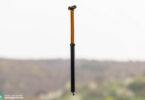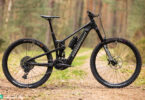Light eMTBs are revolutionising the market and, at the same time, providing a whole new riding experience, both for ambitious trail riders and adventurous long-distance enthusiasts. We’ve explored the new (and burgeoning) eMTB Light category and tested its three most exciting representatives. Read on to find out which one came out on top and what a light eMTB should be capable of.
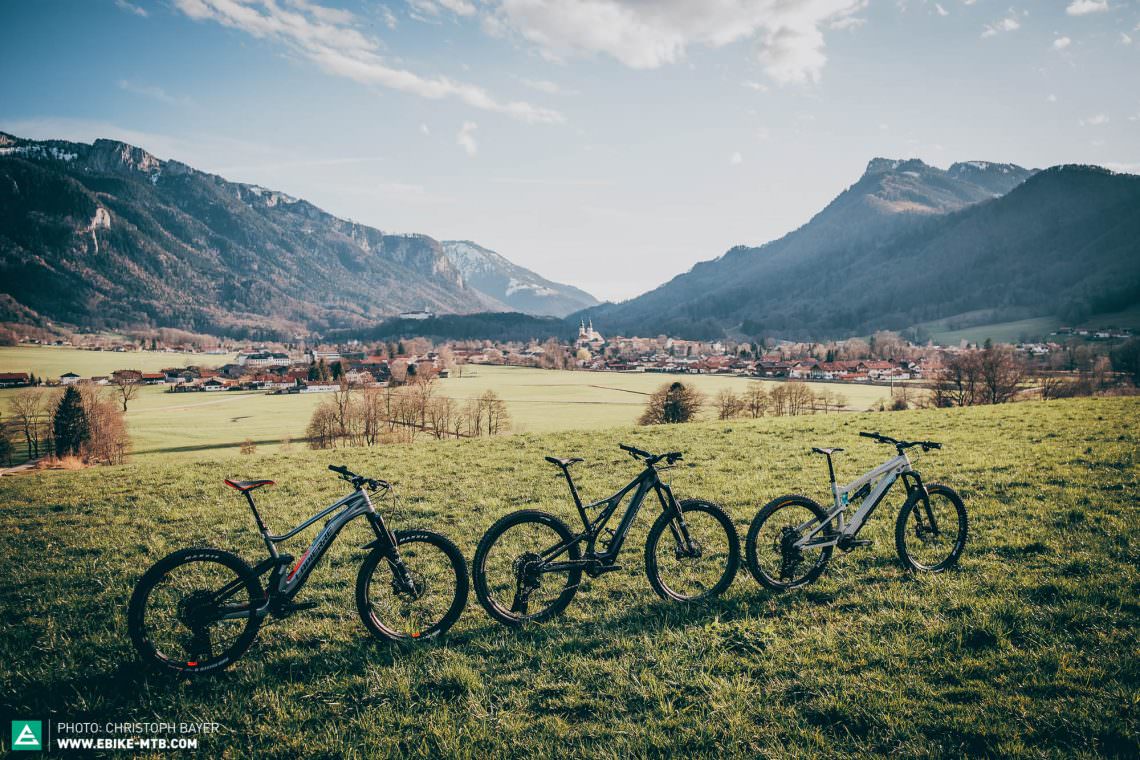
Table of Contents
- The test field
- Who tested the bikes and where?
- Which motor?
- What battery capacity?
- Which is the best light eMTB?
Admittedly, this test is quite different from anything you’re used to reading in our magazine. With three bikes, it’s the smallest test field we have ever had in one of our E-MOUNTAINBIKE group tests. However, that also gave us the chance to focus on each bike individually and evaluate the different concepts critically and in depth. Above all, it gave us a unique chance to explain what this new category is all about.
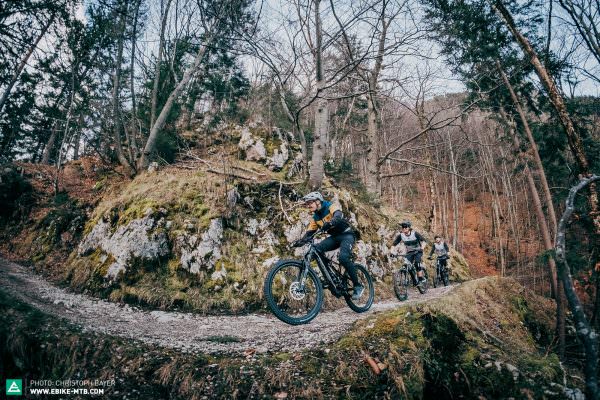
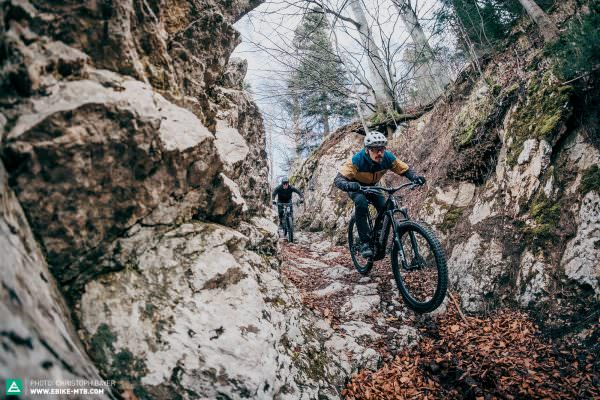
What are light eMTBs anyway?
“Unbelievable! An electric mountain bike under 17 kg!” People are obsessed with the weight of their bikes, but there’s so much more to eMTBs than just weight. In turn, light eMTBs are far more than just conventional eMTBs with a weaker motor, smaller battery and a lighter system weight. There’s no question that weight plays an important role but factors like weight distribution, frame construction, reliable components and, of course, the overall concept of a bike, are far more important. Back in 2018, we dealt extensively with the nomenclature of this new category and finally coined the term light eMTB. While industry insiders sometimes refer to them as minimal assist bikes, by using this term we would (wrongfully) reduce the overall concept to just the motor. Now you’re probably asking yourself what the term “light” stands for. What we’re referring to denotes a blend of different factors including the motor and battery concept, the increased flexibility with respect to frame designs and geometries, the lower power output of the motor but also the good modulation of its power. Together, this results in an entirely new ride experience and handling which reminds us of a conventional trail bike on downhills.
But what about the bikes in this test? Thanks to their frugal and compact motors, which also require smaller batteries, all three bikes in this test deliver a riding experience akin to an analog mountain bike. Since the battery is by far the heaviest component of most conventional eMTBs, it affects the weight distribution and thus the handling of the bike significantly.
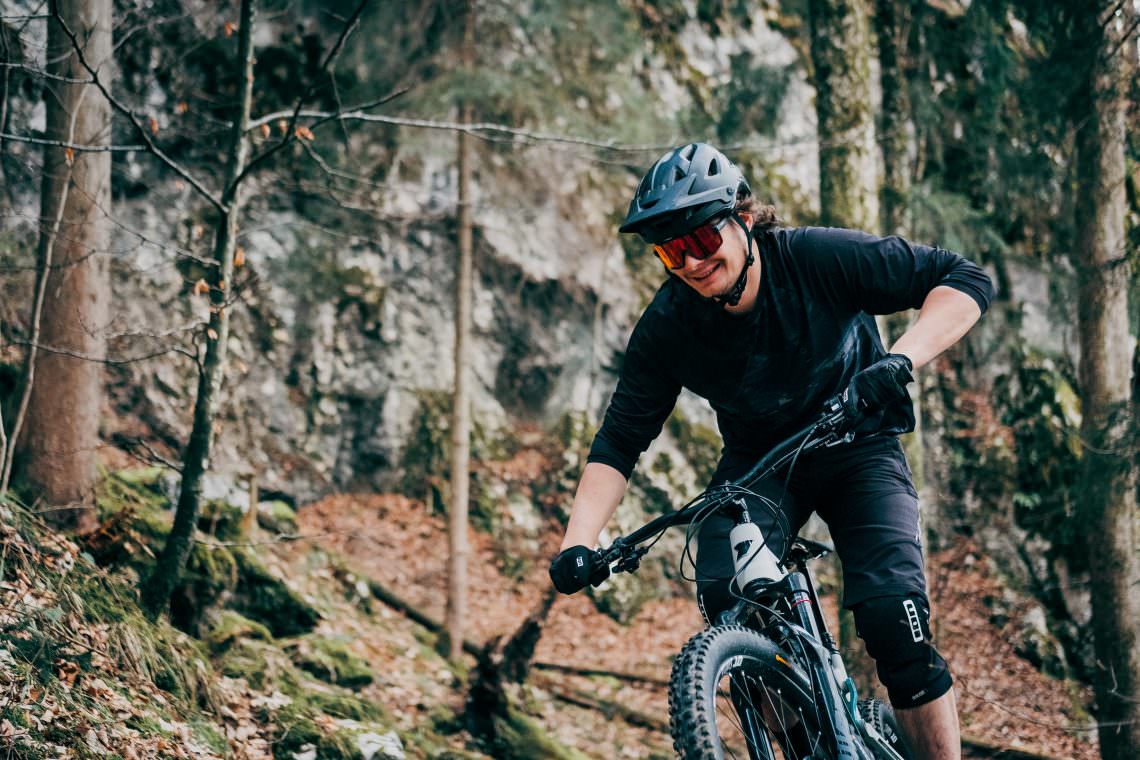
Who are light eMTBs for?
If you think that light eMTBs are just for sporty riders who want to get a good workout despite having a motor, you’re completely wrong. Light eMTBs are a great option for all riders who want to spend more time on the trails but want to suffer less on their way to the trailhead, all without having to renounce the nimble handling of analog trail bikes on the way down. Indeed, for many riders, conventional eMTBs with powerful motors are overkill and simply too bulky to offer the sort of uncompromised trail fun they’re after. According to our 2019 reader survey with over 10,000 participants, only about 5% of our readers use the strongest support mode of their motor. For the remaining 95%, a light eMTB could, but doesn’t have to, be an interesting option. On the trail, many lighter riders struggle with the extra weight of conventional eMTBs, which can be tiresome and sometimes even pointless considering that most of them don’t need the same powerful motor and big battery a 95 kg rider needs.
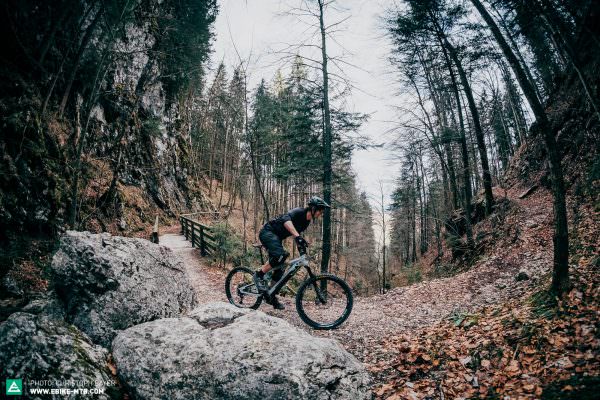
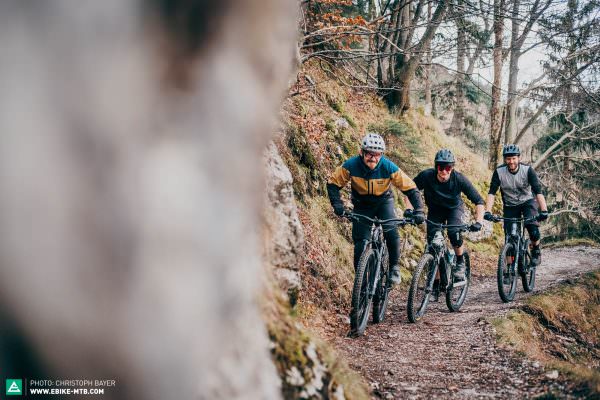

Needless to say, it’s especially sporty riders that will benefit from light eMTBs. On the flats, they can be pedalled above the 25 km/h threshold with no resistance, allowing riders to incorporate fast-paced eMTB laps into their training plan.
When you swing your leg over a light eMTB, you’ll soon forget about the brutal turbo madness and fierce climbing speed of conventional eMTB motors. With the bikes in this test, you just have to take it a bit easier and shift down a gear or two. Long climbs should be tackled with the same attitude you adopt when climbing on an analog trail bike. “You get there when you get there and enjoy the physical effort just as much as the landscape.”
Light eMTBs are not competitors to conventional eMTBs with standard motors. If anything, they’re closer to analog trail bikes.
This is exactly the mindset that, along with the downhill fun factor, makes this new category so appealing. Light eMTBs are not here to replace conventional eMTBs. Rather, our reader survey shows that there’s a separate market segment for light eMTBs that opens up entirely new possibilities and allows analog and electric mountain bikers alike to use the additional power of the motor to ride more, for longer and to have even more fun in the process.
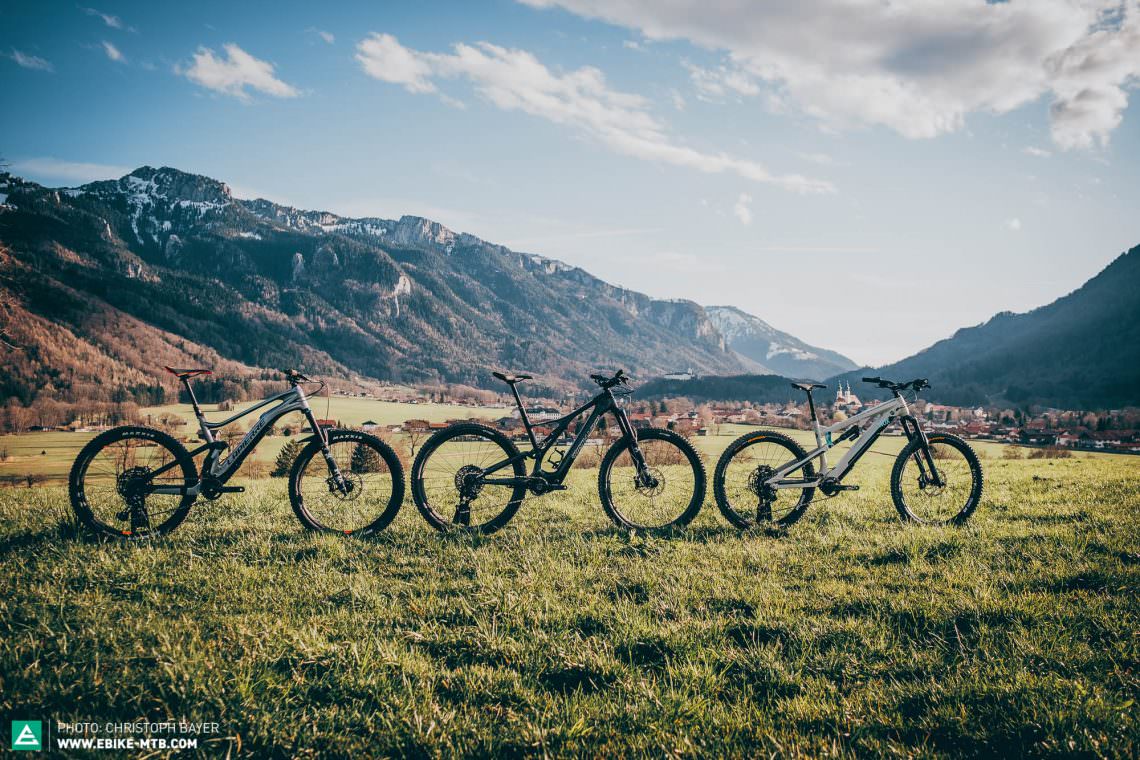
The bikes
The market for light e-MTBs is young, exciting and, above all, still very small. As the youngest player, the Specialized Levo SL has finally put the category on the radar when it was launched at the beginning of 2020. But the true veteran and initiator of the light eMTB category is the Lapierre eZesty AM, which we introduced for the first time in our 2019 E-MOUNTAINBIKE group test where it faced up against a number of conventional eMTBs. Since then, NOX have entered the race with the HeLIUM, which shares the same FAZUA motor as the Lapierre. The Evation motor can also be found on other full suspension light eMTBs like the BULLS WILD FLOW EVO CC or the Wilier 101FX Hybrid. These, however, are much more the motorised equivalents of analog XC and marathon full sussers. In this test we don’t focus on performance training, lap times or tight jerseys, but assess the bikes based on the number of high-fives they unleash at the bottom of the trail. For this reason, we chose the three models above mentioned – in fact, the market doesn’t offer more alternatives!
| Bike | Price | Weight | Motor | Battery | Wheel size |
|---|---|---|---|---|---|
| Lapierre eZesty AM 9.0 (Click for review) |
€ 5,999 | 19.50 kg | FAZUA Evation | 252 Wh | 27.5″ |
| Specialized Turbo Levo SL Expert (Click for review) |
€ 8,699 | 17.70 kg | Specialized SL 1.1 | 320 Wh | 29″ |
| NOX HeLIUM 5.9 All Mountain Expert (Click for review) |
€ 5,999 | 19.52 kg | FAZUA Evation | 252 Wh | 27.5″ |
| Ø € 6,899 | Ø 18.91 kg |
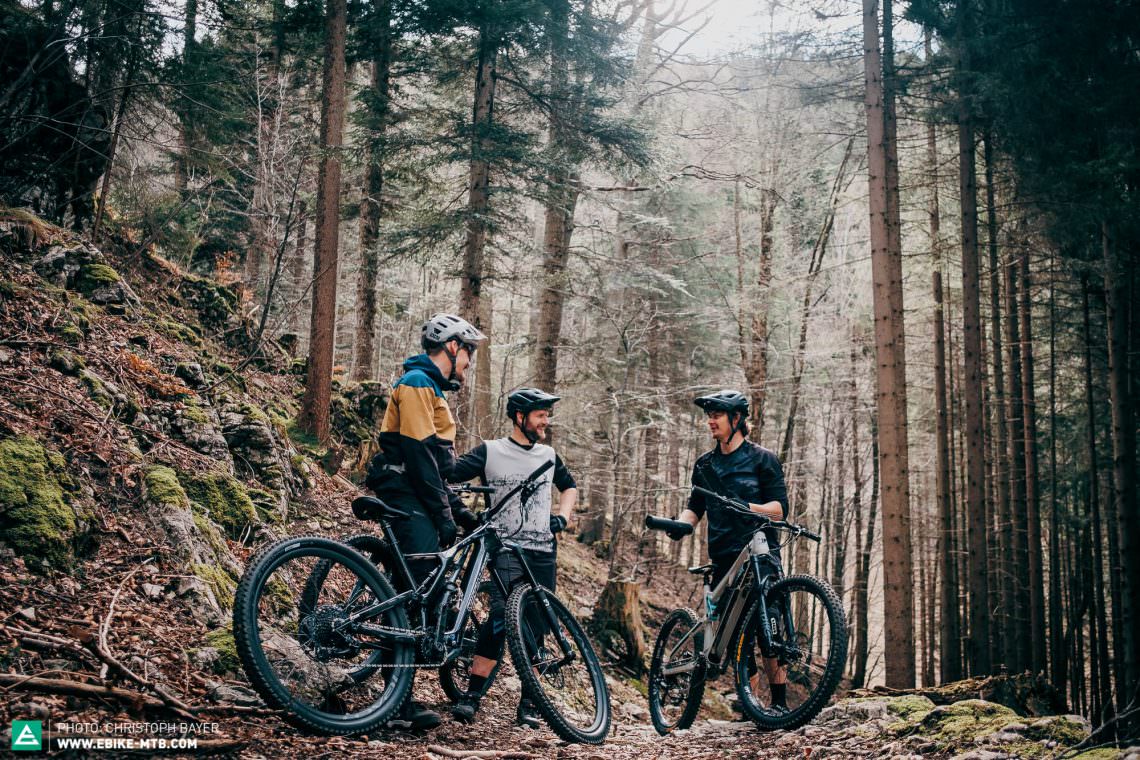
Who tested the bikes and where?
Light eMTBs blur the line between analog and electric mountain bikes. That’s why it made sense to carry out this test together with the colleagues from our sister magazine ENDURO, one of the most popular and progressive mountain bike magazines in the world. We didn’t go easy on the bikes and put them through their paces in the most diverse conditions and scenarios we could find. From the steep technical trails around our alpine office in the Chiemgau Alps, through the varied trails of the Samerberg bike park to the flowy trails on the hills surrounding our HQ in Stuttgart.
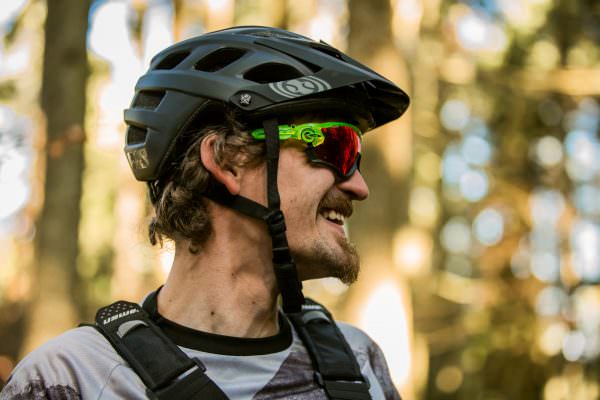
„I’m not a full-throttle, flat out action kind of guy. I want a light eMTB that can also challenge me uphill. On the way down, on the other hand, I’m after predictable, intuitive and confidence-inspiring handling.“

„eMTBs are a great invention, but my heart is still beating fast for analog mountain bikes. My ideal light eMTB should deliver the same natural ride my motorless bike does, only with less sweat running down my forehead on the way up.“

„Speed is my second name. Even the tiniest weakness in the chassis or spec becomes evident when you ride downhill at full pelt. Despite the lighter weight, a good light eMTB should survive a session at the bike park.“
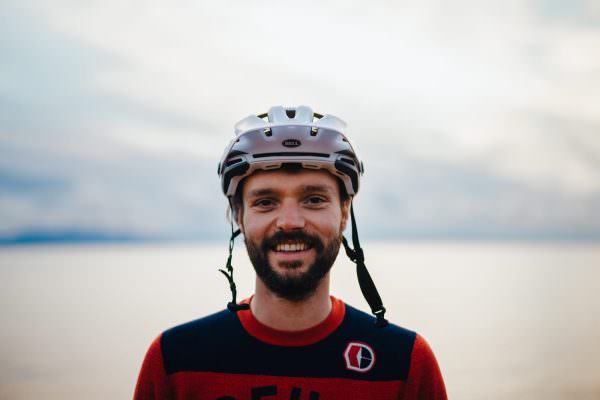
„With prices starting at € 6,000, I expect clever integration and a well thought out ecosystem around the battery and motor concept. In this respect, Specialized lead the way with their Motion Control app, the TCU and numerous display/remote options.“

„Since eMTBs are a new territory for me, I was all the more surprised by the handling of all three bikes. Going downhill, you hardly notice you’re sitting on a bike with a motor.“
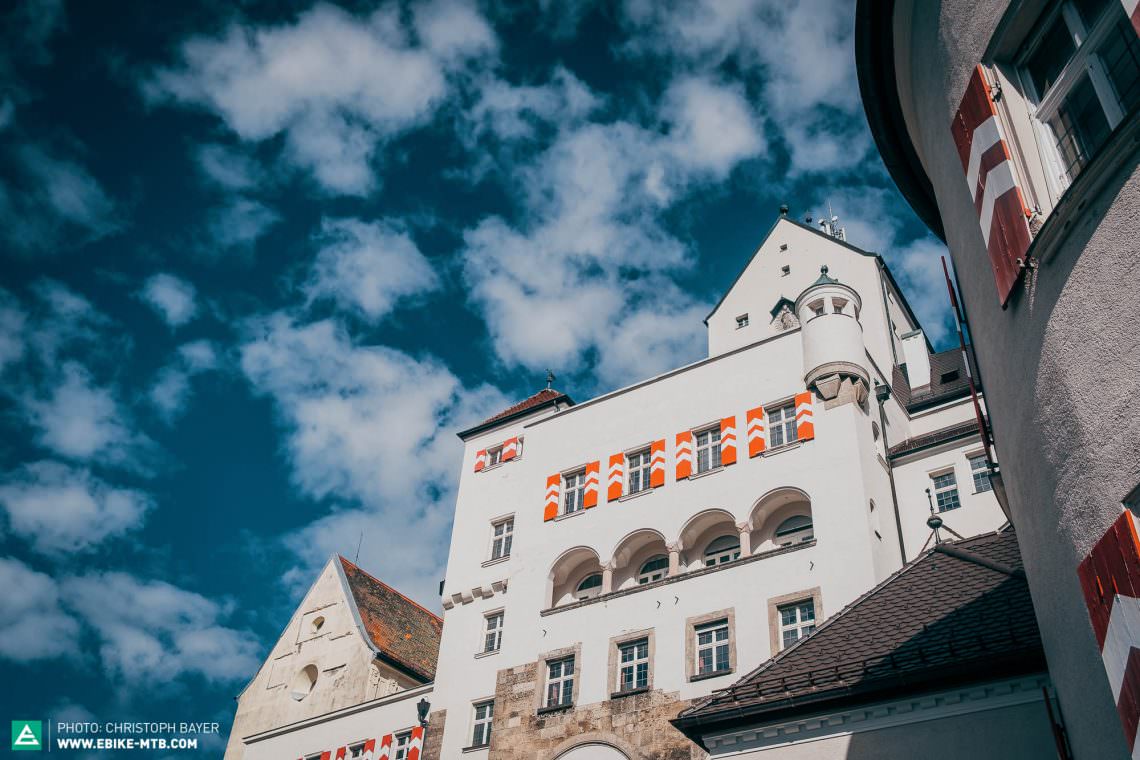
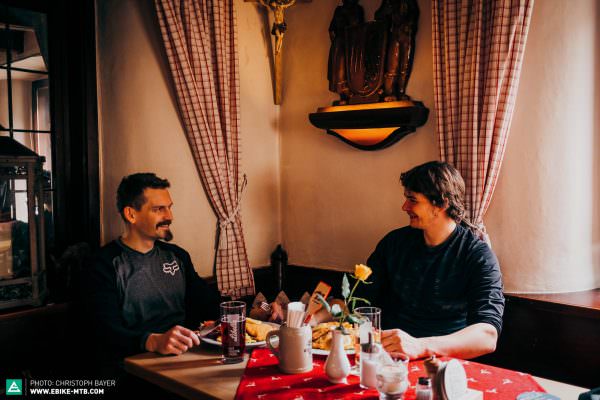

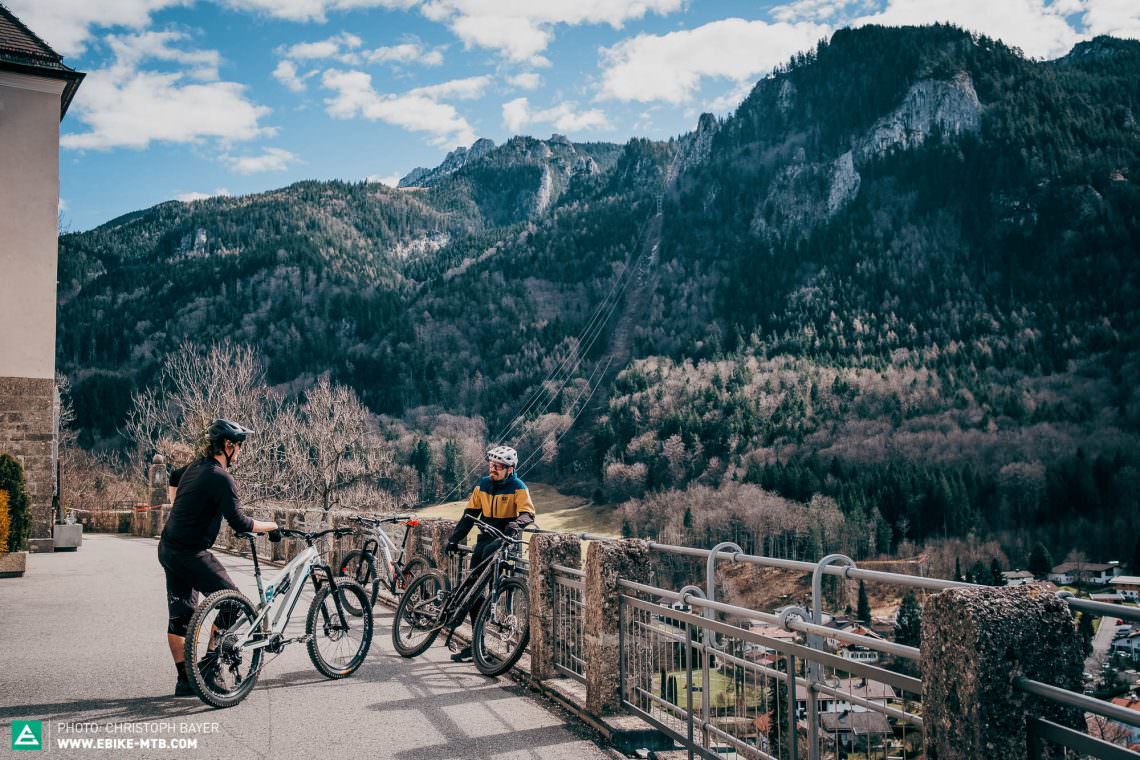
The big motor dilemma: Specialized SL 1.1 or Fazua Evation?
With all three bikes, it’s primarily the motor and battery concept that enables manufacturers to achieve a lower system weight and nimbler handling compared to conventional eMTBs. Specialized rely on their specially developed, in-house SL 1.1 motor, which churns out 35 Nm torque and draws its power from a 320 Wh battery – and was specially developed for the Levo SL. On the other hand, NOX and Lapierre use a FAZUA Evation, which has been on the market for several years but was given a software update for the 2020 season. The unique feature of the FAZUA concept is the removable drive pack, which bundles the battery and motor into one solid unit. This can be removed, leaving just the 1.3 kg bottom bracket, minimal remote and bottom bracket including the gearbox and sensors on your bike. This means that the Nox and Lapierre can be used without the motor, just like an analog trail bike. FAZUA recently released their Black Pepper firmware update, which fundamentally changes the characteristics of the motor. We have already tested the update in detail for you and both the NOX and Lapierre had the latest firmware installed. Since both bikes ship with the 2.0 firmware, any mentions of the FAZUA motor refer to the updated version.
With 55 Nm torque, the FAZUA is noticeably stronger and more powerful than the Specialized motor. This becomes particularly evident on steep climbs, where in their strongest support mode (RocketMode), the NOX and Lapierre overtake the Levo SL easily. The latter also requires more physical effort around the 25 km/h threshold, because the SL 1.1 motor reduces the support at an earlier stage to provide a smoother transition to unassisted pedalling. On the other hand, the motor disengages so smoothly that it’s hard to tell whether you’re riding with or without support. In all three support modes the standard setting of the SL 1.1 motor is very progressive and thus requires a strong input from the rider to get going. The FAZUA cannot keep up with the natural ride experience of the SL 1.1 in any of its support levels. The transition between motor and muscle power is smooth, but the transition is noticeable compared to the Specialized motor. However, the advantage of the FAZUA system ,lies in its versatility. While on one end of the scale Breeze mode gets your heart pumping, on the other, Rocket mode allows you to keep up with conventional eMTBs when you’re riding in a mixed group. In between is River mode, which is super progressive and thus feels the most natural.
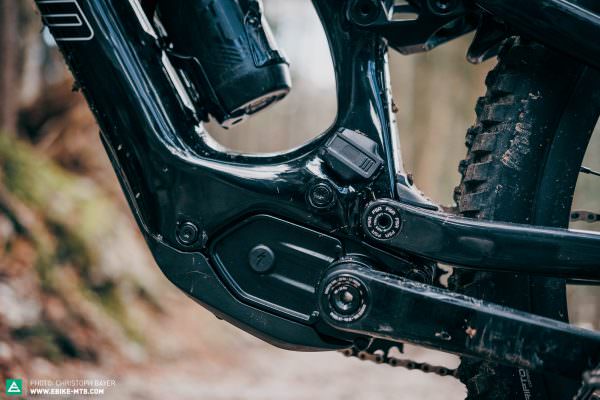
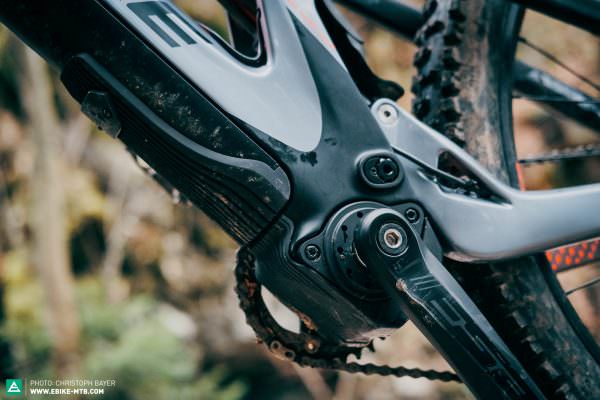
Light eMTBs with little motor support… Given the significant power boost of the FAZUA firmware update, we might have to rename the category.
Both motors give you plenty of scope for tuning and customisation. The support levels of the Specialized SL 1.1 can be adjusted right on the trailside using the Mission Control app. However for the time being , this can only be done from a computer with the NOX and Lapierre. The process is still easy but doesn’t allow for trailside tweaks like the Levo SL system does.
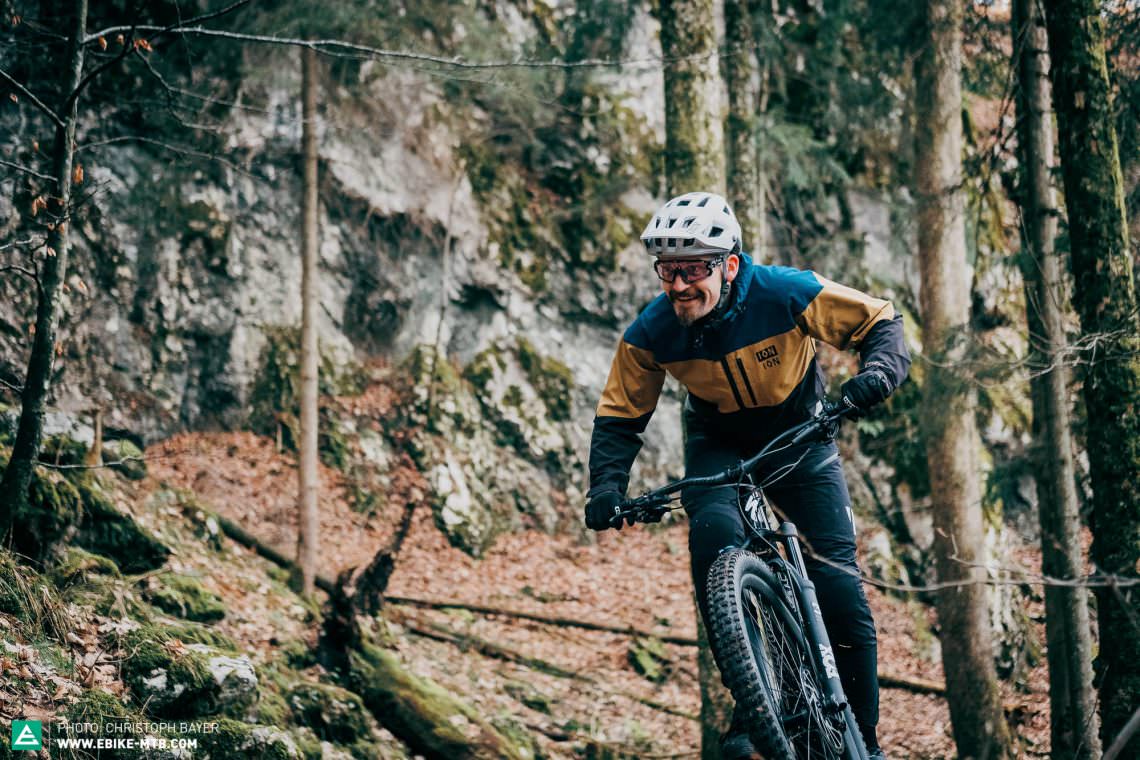
What battery capacity do you need with a light eMTB?
While conventional eMTBs with top-league motors are experiencing a battery arms race, the motors of our test bikes run on significantly lower watts. Thank God, because that’s the only way to achieve the outstanding handling these bikes have compared to conventional eMTB. The small drives deliver a lot less power than most conventional motors and thus require less electricity. That allows FAZUA to use a 252 Wh battery, which sits above the motor inside a removable drive pack. Specialized, on the other hand, rely on an integrated 320 Wh battery built into the frame. The range of the Levo SL can be expanded with an additional 160 Wh range extender, which slots into your bottle cage and costs an extra € 400. The FAZUA system also offers a spare battery, which fits into a backpack and can be changed in the drive unit.
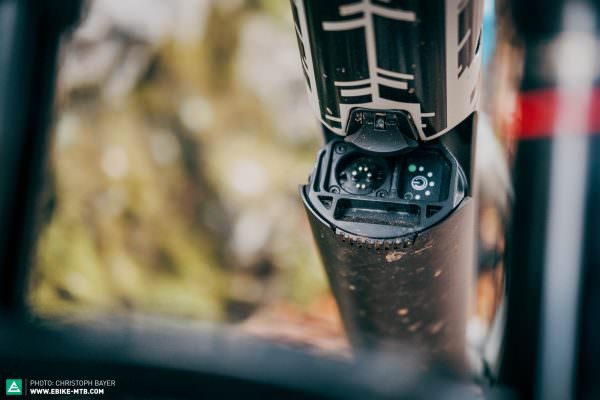
With the new lock system of the FAZUA, the battery of the Lapierre and NOX has to be removed to be charged.
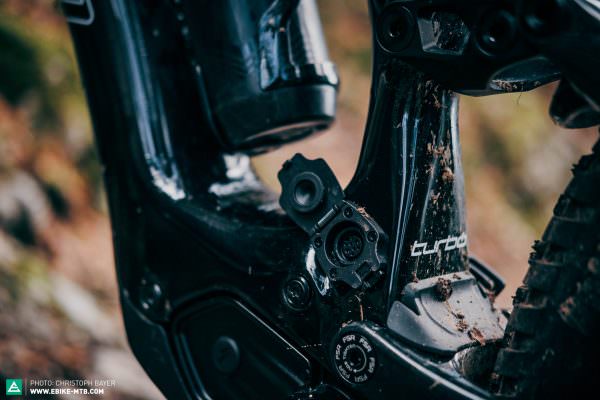
The internal battery of the Levo SL can only be charged directly from the bike. Do you have a socket in your bike cave? You’ll have problems if you don’t!
As you certainly know, the range of an eMTB depends on countless factors, which means that it’s impossible to make a general statement about the battery capacity and range of the bikes in this test (nor any other eMTB). What we do know, however, is that even without a spare battery or range extender, the Specialized Levo SL will take you further than the Lapierre or NOX. However, the weaker motor also requires greater physical effort to ride. Regardlessl, all bikes will handle your typical, fast paced after-work blast with around 600 metres ascending on a full charge. On the Levo SL, all of our test riders (75–92 kg) were able to complete a long ride with almost 1,200 vertical metres without using the range extender. Without a spare battery, the Lapierre and NOX won’t reach such distances, even if you ride in ECO mode the whole time.
It’s not just about the battery integration …
… but also about the integration of the whole motor system. Unfortunately, that’s exactly where the FAZUA now shows its age, both on the NOX and Lapierre. Both bikes rely on an external speed sensor, old school spoke magnet and bulky remote on the handlebars. The Levo SL is designed as an integrated and harmonious unit. The current support mode and charge status are displayed via LEDs on the Turbo Connect Unit (TCU), which is neatly integrated in the top tube. On the bars Specialized’s minimalist and optional remote displays the same information. With a planned future firmware update, FAZUA want to add functionality already present on the Specialized. Viewing all relevant riding and motor data on third-party devices such as a Garmin or a Wahoo.
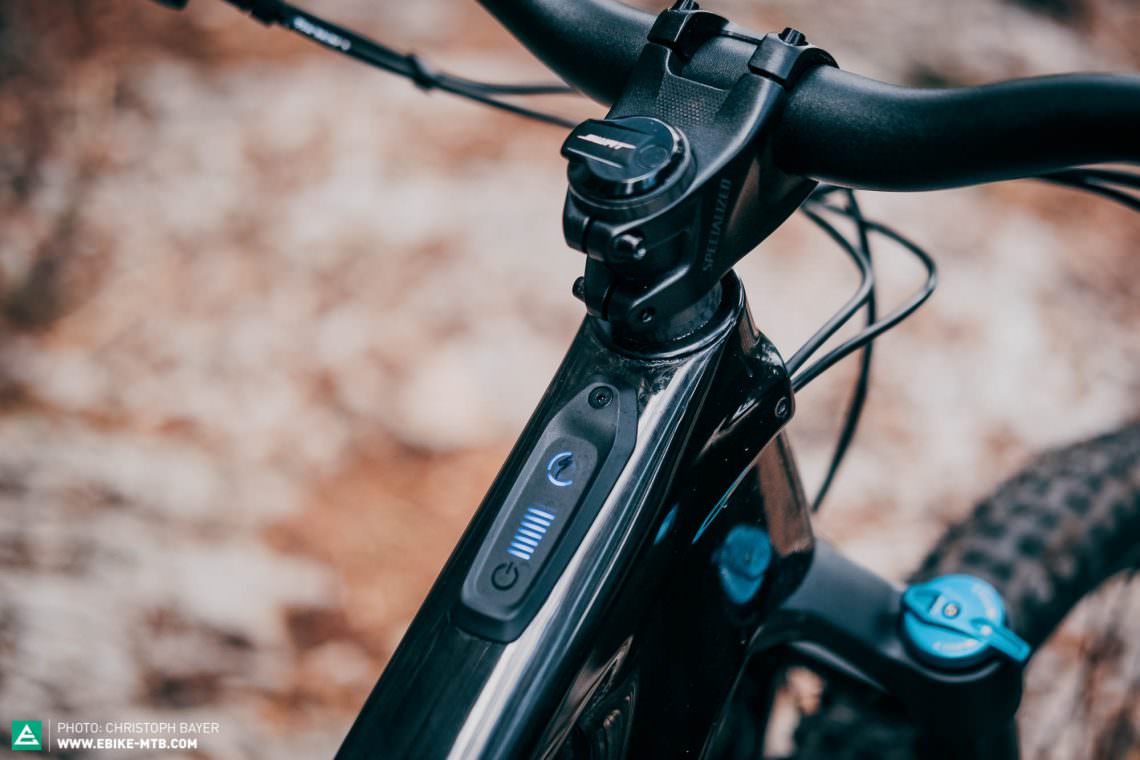
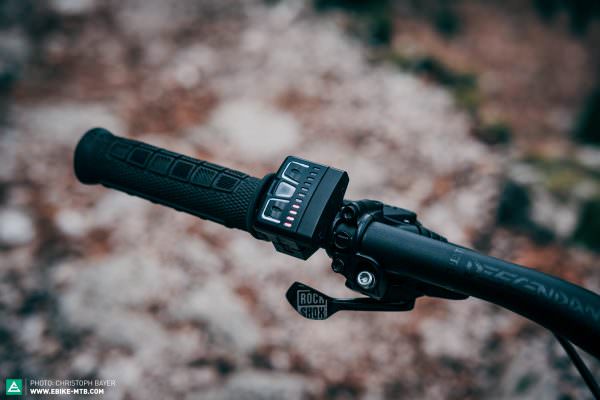
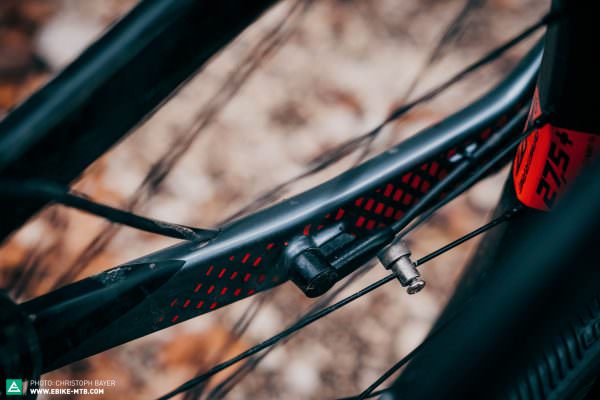
The overall concept is key
The riding behaviour of a bike is still our top priority and all three bikes want to be genuine all-rounders. However, to achieve this they have to impress in every riding scenario, from techy downhill trails to half-day excursions on moderate terrain. Flowy trails and moderate bikepark tracks can be tough on both the rider and the components. Here, grippy tyres, a good chassis and safe handling make a real difference. Undersized brakes like the ones on the Specialized quickly reach their limits, especially with heavier riders. They will however benefit from the heavier but noticeably stiffer FOX 36 fork of the Lapierre. The best bike delivers one thing in all circumstances: uncompromised riding fun! But to be able to deliver this, a bike must provide playful, agile handling and still feel smooth when things get sketchy. Just like a good trail bike, only with a breeze of artificial tailwind on the climbs. Everyone will benefit from such balanced and versatile handling, beginners and seasoned riders alike.
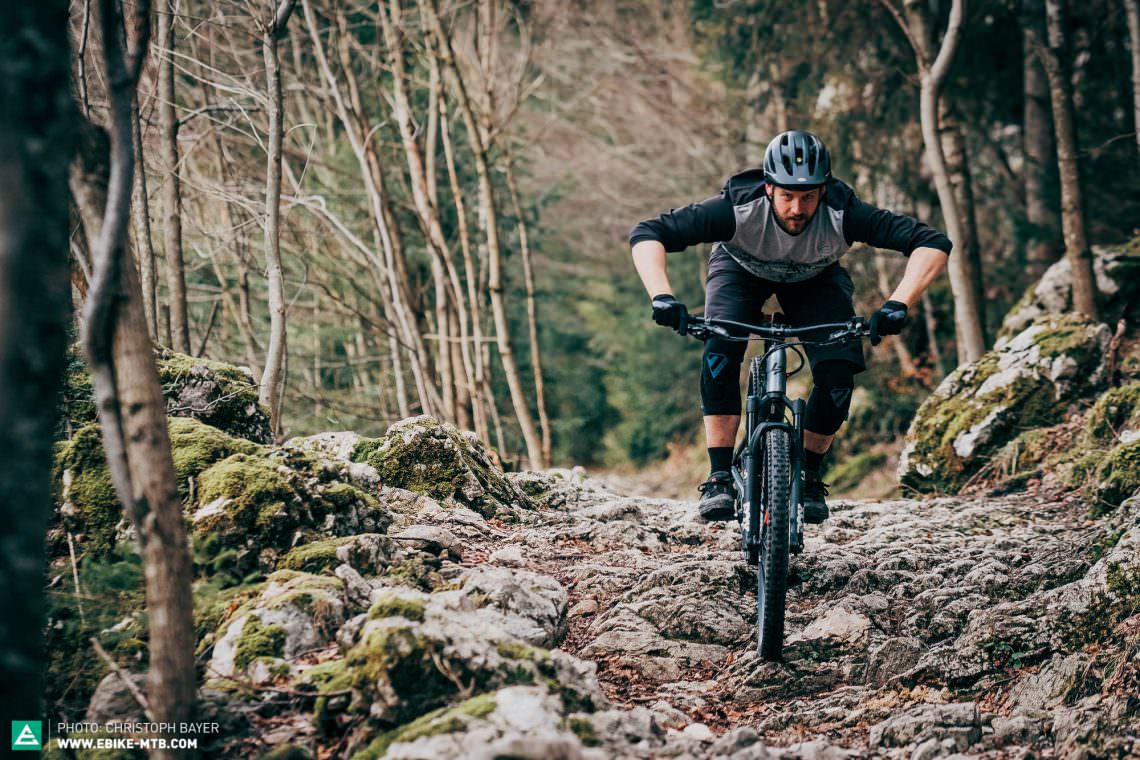
Tops
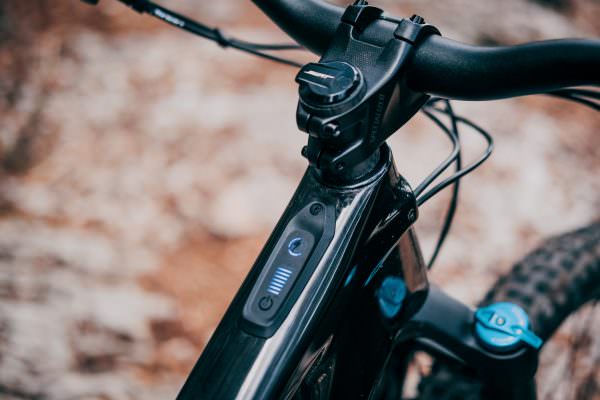
With the modular concept around the Specialized TCU, you can decide how to shape your cockpit. From minimalist concepts without a remote to sophisticated setups with a Garmin device that displays all riding info, including motor data, everything is possible.
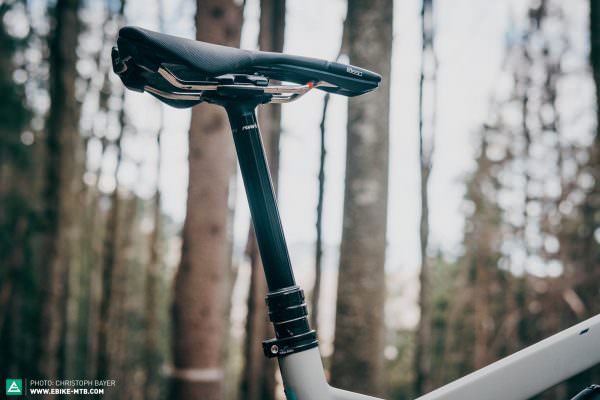
This is true not only for the trails but also the seat angle, which on the Nox makes for a very centred riding position.
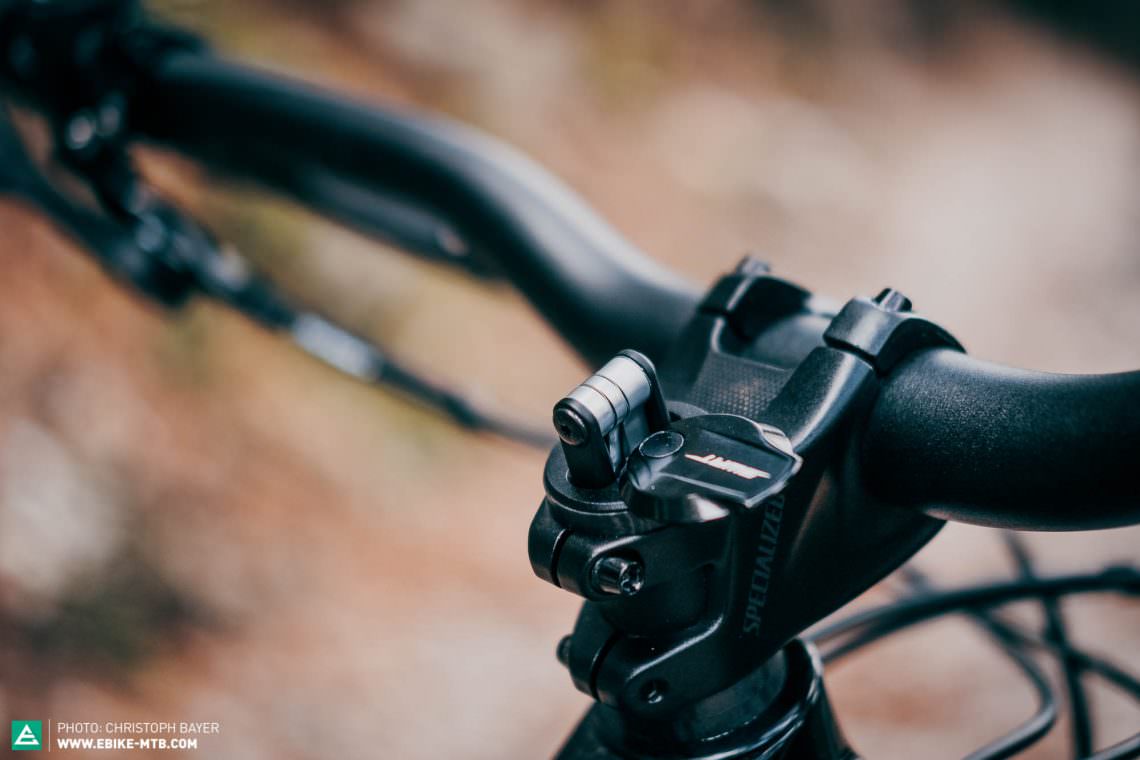
The small SWAT tool is perfectly integrated in the Levo SL’s steerer tube and thus always at hand
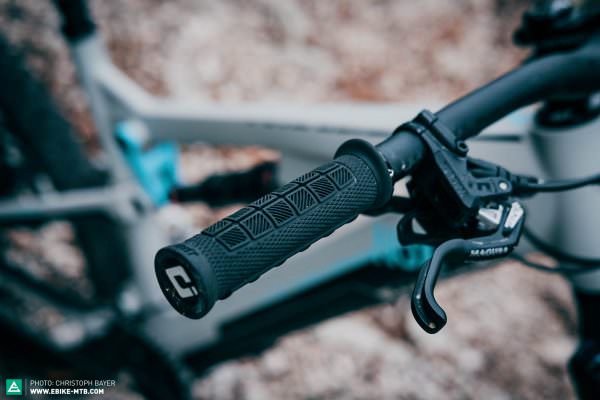
The ODI grips of the NOX are high quality and provide excellent grip and good damping. In contrast, the grips of the Levo SL and eZesty feel cheap.
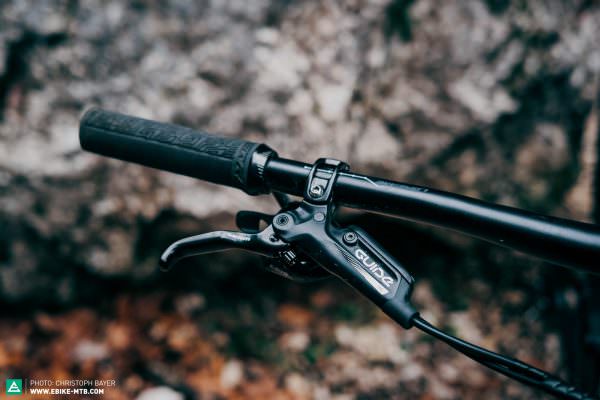
The SRAM Guide RE brakes are relatively cheap, but impress with great braking power and top modulation. This way, Lapierre might not be saving weight, but money.
Flops
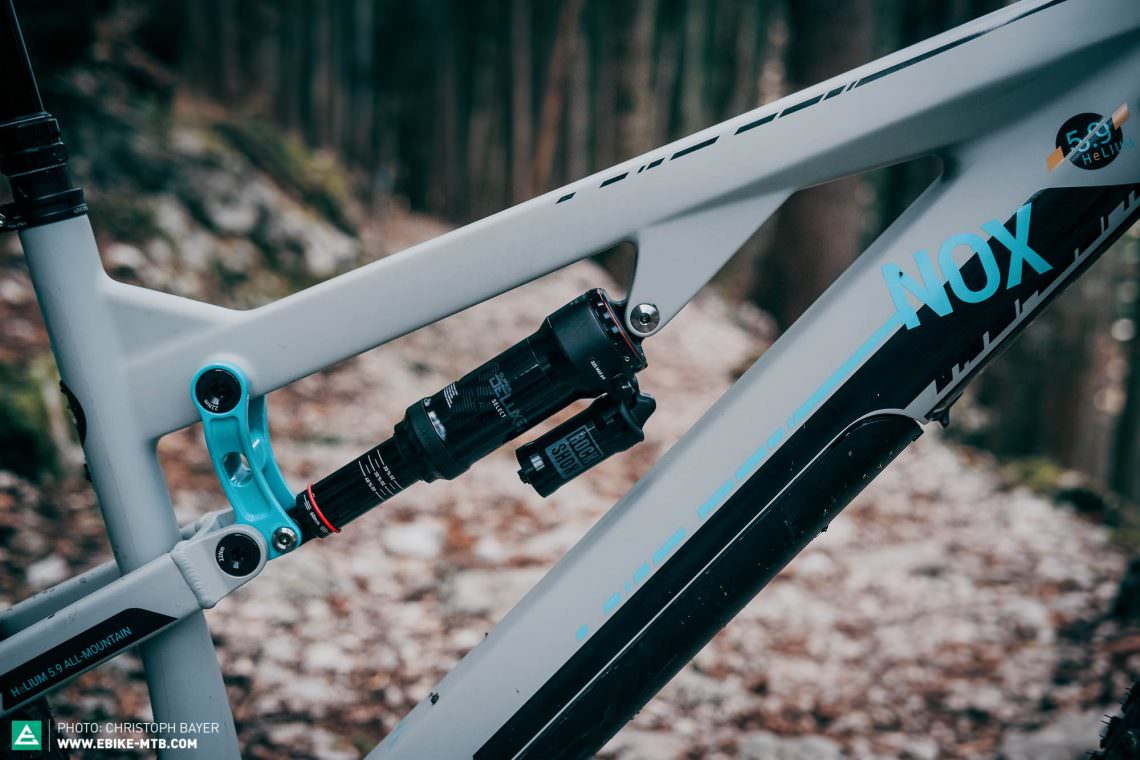
The design of the frame doesn’t leave enough room for a drinking bottle. If you want to order a NOX, you should also get a hip pack or a backpack.
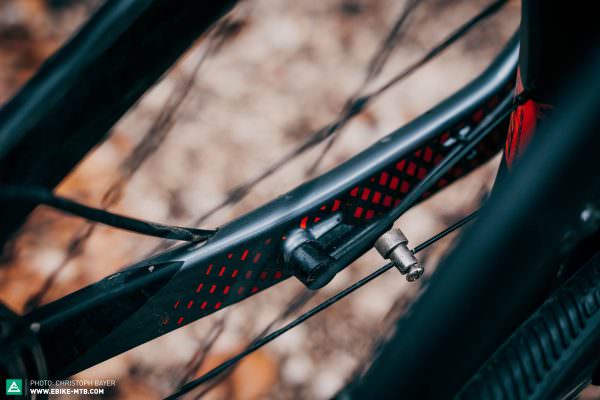
FAZUA still rely on rudimentary speed sensors and spoke magnets, which are prone to breakdowns or failure.
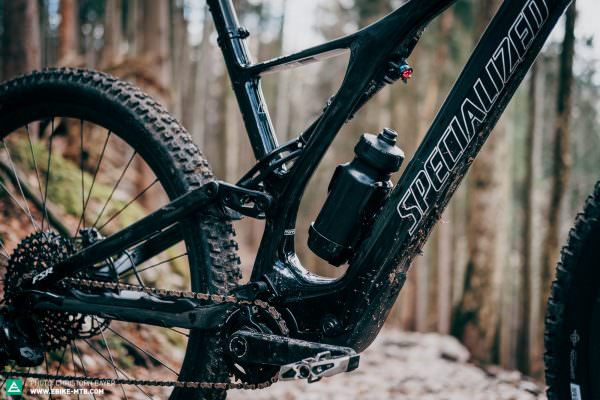
Both on the Specialized and Lapierre, the screws of the shock mount come loose, which means you’ll have to check them regularly
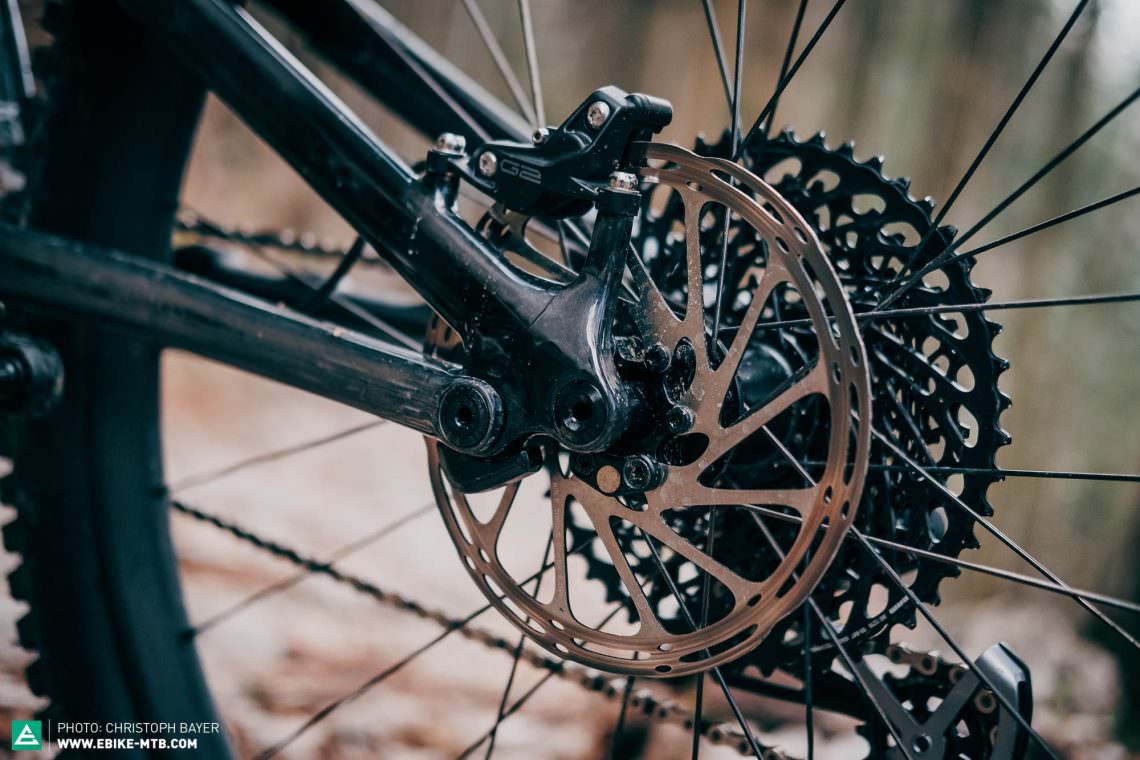
Although the Levo SL is the lightest bike in test, the small 180 mm rotor at the back heats up quickly. Anyway, in proportion to the body weight, a kilo more or a kilo less is irrelevant.
Which is the best light eMTB?
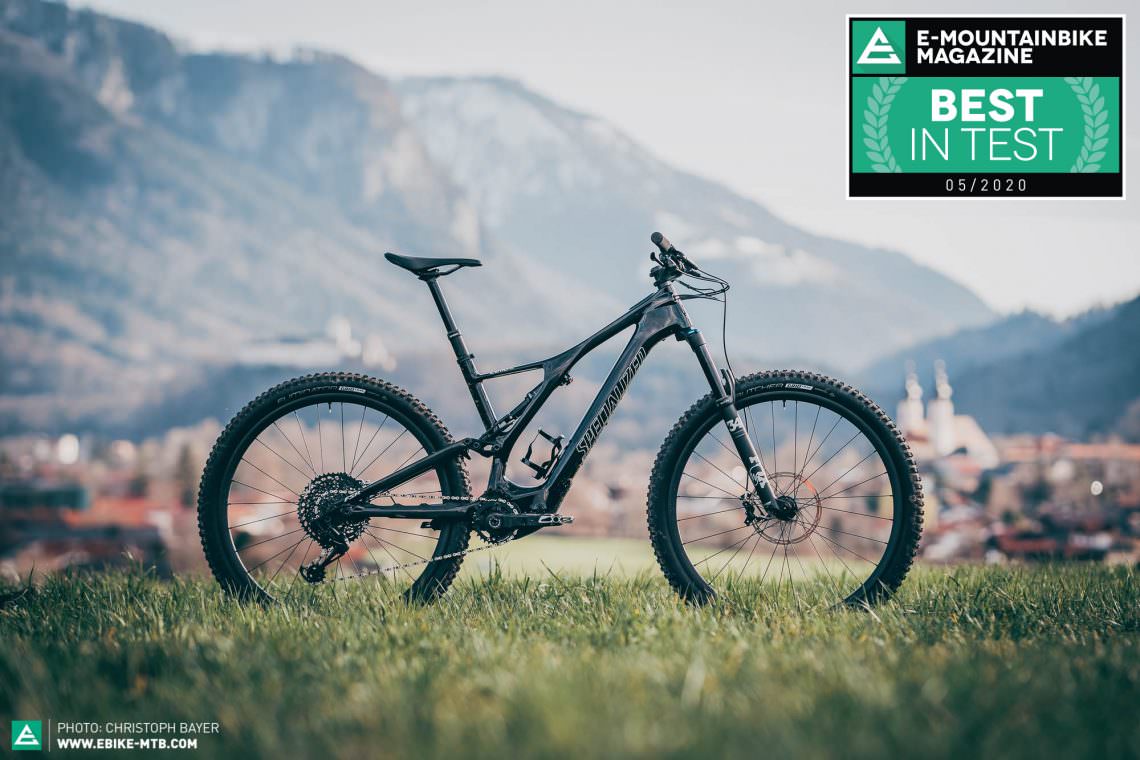
17.7 kg in size L | € 8,699
The Lapierre eZesty AM 9.0 has hardly changed since its launch one and a half years ago. Besides the great looks, it offers lots of traction and tons of speed, especially on the way down. Uphill, however, it lags behind its competitors due to its tail-heavy riding position and plush chassis. While the NOX HeLIUM climbs well, it also has problems with the rear suspension. The shock isn’t tuned properly and doesn’t harmonise with the rear-end, meaning it feels harsh and struggles to generate enough traction downhill. That being said, there’s a lot of potential in the NOX. In return, with its centred riding position and powerful FAZUA motor, the HeLIUM is the best climber in test. The Specialized Levo SL climbs and descents equally well, as we’d expect of a trail bike. In addition, the bike knows how to impress with its unique, integrated ecosystem designed around the motor, battery, cockpit and app. As far as a natural ride feeling goes, the two FAZUA bikes still lag behind the Levo SL, even with the newly released software update. Despite its massive premium the spec of the Levo SL could still do with some improvements. However, on the trail the Levo SL delivers where it counts and offers the most harmonious overall package and comes out on top of the competition. Even if it’s not yet perfect, the Specialized Levo SL is the best Light eMTB on test.
Here you find the full review of the Specialized Turbo Levo SL Expert
The competition
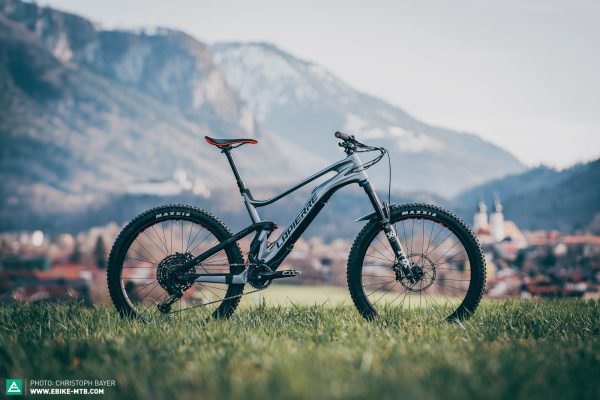
FAZUA EVATION/252 Wh | 150/150 mm (f/r)
19.5 kg in size L | € 5,999

FAZUA EVATION/252 Wh | 150/150 mm (f/r)
19.52 kg in size L | € 5,999
The role of eMTBs and the potential for where they can be used are changing rapidly. We offer fresh impetus to that change while helping to maintain a clear overview. One thing is for sure: the future of the eMTB is more exciting than ever before! Our E-MOUNTAINBIKE Theory of Evolution provides context for this and all other articles in our New Generation series, providing new perspectives and broadening the horizon of what’s ahead.
Further articles in the series cover the era of E-SUVs, the new handling of Light eMTBs, the potential for off-road cargo bikes, our off-road step-through group test, connectivity and software solutions, the new generation Z and our guide to passing on your bike passion to your kids.
Did you enjoy this article? If so, we would be stoked if you decide to support us with a monthly contribution. By becoming a supporter of E-MOUNTAINBIKE, you will help secure a sustainable future for high-quality cycling journalism. Click here to learn more.
Words: Photos: Christoph Bayer





